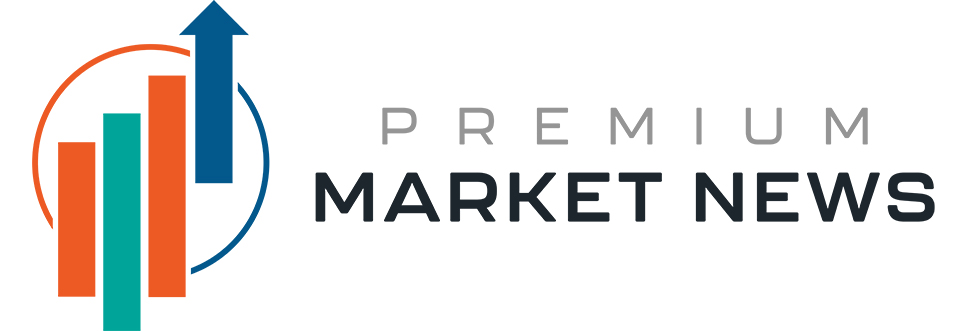Why you can trust us
We may earn money from links on this page, but commission does not influence what we write or the products we recommend. AOL upholds a rigorous editorial process to ensure what we publish is fair, accurate and trustworthy.
Treasury Secretary Scott Bessent sparked controversy this week when he called the new “Trump accounts” for newborns “a backdoor for privatizing Social Security.” He later clarified that the accounts would “supplement” Social Security rather than replace it, but his initial comment left many questions unanswered.
To be clear, no formal plan to privatize Social Security has been proposed. Still, with most retirees depending on Social Security to make ends meet, any major changes to this system could affect millions of people.
What could privatization of Social Security look like?
Social Security privatization has been proposed before. President George W. Bush made it his top domestic priority in 2005, suggesting workers under 55 could divert up to 4% of their payroll taxes into personal investment accounts. However, the plan stalled as public support declined and Congress remained divided.
Based on previous proposals, privatizing Social Security could replace the current guaranteed monthly benefit and “pay as you go” system with individual investment accounts, similar to 401(k)s or IRAs. Instead of your payroll taxes going into a big pool that pays current retirees, some portion of that money might go into a personal account that you’d invest yourself.
How Social Security current works
-
Guaranteed monthly payments for life
-
Benefits increase with cost-of-living adjustments
-
Same benefit regardless of market performance
What could change under a privatized system
-
Your retirement income might depend on investment performance
-
No guaranteed monthly amount or lifetime payments
-
You might get to choose how to invest
Learn more: Can you still retire this year? Here’s what the experts think
How you might benefit from privatization
Those who support privatization point to advantages that include the potential for higher returns, more control of your money and independence from government decisions.
Currently, Social Security invests your payroll taxes in government bonds, which have historically returned around 3% to 5% annually. Private investment accounts would let you put that money into the stock market instead, where stocks have historically returned around 10% annually. Additionally, you might be able to pass along your accounts to heirs — something you can’t do currently with Social Security benefits.
Private accounts might give you more control over your money. Right now, nearly every aspect of your benefits — from the formula that determines what you get each month to how much you pay in taxes — depends on politicians. With private accounts, you’d control where your money gets invested, with the ability to adjust as you age.
The tradeoffs of privatizing Social Security
Critics of privatization raise two key concerns that come down to market risk and transition costs — a gamble for something as important as your retirement.
You’d trade guaranteed income for uncertainty
Social Security’s biggest advantage is that it provides income you can’t outlive. Your benefits are protected from inflation and market crashes. Social Security has never missed a payment, delivered on schedule even during the 2008 financial crisis, when many people watched their 401(k) investments drop by 30% or more.
With private accounts, your retirement security would depend entirely on market performance. While you wouldn’t need to become a market expert — just like with existing 401(k)s, you could invest in simple index funds or target-date funds — you’d still face the risk of managing your own investments versus having professional oversight. Retire during an economic crash, and you might lose a big portion of your savings.
A transition to private accounts could be expensive
The reality is that privatization costs a lot of money over several decades — money the government would borrow. And the government would still need to pay current retirees while younger workers began putting their money into private accounts, potentially requiring two systems over the transition.
How might the U.S. pay for such a transition? The government would borrow it. To put that borrowing into perspective, congressional estimates put President Bush’s 2005 proposal at $4.5 trillion over two decades. This borrowing might push up interest rates for everyone, making everything from mortgages and home loans to car loans and credit cards more expensive.
Learn more: How healthy are your finances, really? 4 money questions to ask yourself today
What privatization could mean for you
Any Social Security privatization would likely be one of the biggest changes to the program since it began in 1935.
A recent survey from the Senior Citizens League shows that 39% of current seniors rely on Social Security for their entire income, while 73% depend on it for more than half their monthly income.
Many Americans are already forced to claim Social Security early due to financial pressure — 68% of current seniors claimed benefits before their full retirement age, with 32% saying they simply couldn’t afford basic living expenses without their checks.
Privatization could affect each group in different ways. Women might face bigger challenges since 66% of senior women currently get by on less than $2,000 per month compared to 45% of men. Workers with interrupted careers or lower lifetime earnings could struggle to build adequate private account balances.
That said, your current Social Security benefits might remain unchanged, and any major reforms would likely take years to implement. But given that only 10% of current seniors are satisfied with their Social Security benefits, it’s worth considering boosting your 401(k) contributions or building guaranteed income for your later years, regardless of what happens with Social Security.
Learn more: How much can you earn while on Social Security?
More stories about Social Security and retirement planning
📩 Have thoughts or comments about this story — or ideas on topics you’d like us to cover? Reach out to our team.
